Dennis Yarbro studied the room and knew it would be a tight fit. Yarbro, the supervisor of water resources at Central Arkansas Water's Lake Maumelle Intake Pump Station, was overseeing the addition of a new 30-million-gallons-per-day vertical turbine pump. He looked up to the two-story ceiling and hoped that the 46-foot-tall pump barrel could maneuver through the access opening and drop into place.
Based on the manufacturer's design drawing, there was less than 2 inches of clearance available to bring the pump barrel and its multiple flanges through the roof and floor openings.
As the project's chief engineer, Garver worked to fit the vertical turbine pump, motor, barrel and associated components in the limited space without interference. Garver's engineers took field measurements, created a 3D CAD model of the intake structure and worked with the pump manufacturer to customize the design.
"Garver did extensive research to determine that the pump barrel could come through the opening and into place," Yarbro said.
In March, the Lake Maumelle Intake Pump Station started up its seventh and newest raw water pump. "We now have the ability to move 133 million gallons per day from this location," Yarbro said. "This new pump is identical to our other 30-mgd pumps, and if we have a long-term problem with one of them, we'll still be able to supply enough water to the public."
Central Arkansas Water hired Garver to provide mechanical and electrical services, including design, bidding, shop drawing and submittal review, and on-call construction support. Although Garver's design allowed for the new pump and barrel to enter the intake structure through the top, construction contractor Mobley Construction opted instead to float the pump barrel beneath the facility and bring it in from the bottom.
Yarbro said Garver's design proved valuable as it verified that the project was achievable. "We needed to know that there was a solution to bringing the large pump barrel into the structure, and we needed to know it before the construction contract was awarded," Yarbro said.
In addition to providing an entry option, Garver's design eases future maintenance services. "Although it was important to get the pump in and working, it was just as important to make sure that we can work on it later," Yarbro said. "At some point in the future, we're going to have to provide long-term maintenance to the motor and pump, and Garver's design took into account CAW's need to pull and refurbish the system."
Special Features
The facility's tight quarters required Garver to integrate several non-traditional features to meet project and code requirements so that the pump, motor with cooling water heat exchangers, multiple intake screens and other system components properly fit. For instance, the motor junction box had to be specially located on the motor body and below the roof curb to meet National Electric Code clearance requirements.
In addition, Garver worked with the manufacturer to build a pump with a natural frequency below its lowest operating speed, which is a non-traditional design. The pump operates at 900 revolutions per minute (rpm). Typically, Garver requires the pump's natural frequency—the moment when the pump assembly starts to violently vibrate—to be at least 1.3 times the highest operating speed. However, the pump manufacturer could not comply with these requirements based on the inherent properties of the water-cooled motor. To compensate, Garver required the natural frequency to be at least 20 percent below the lowest operating speed of 600 rpm. This resulted in designing the pump discharge head a foot taller than expected, pushing it above the existing available headroom and requiring modifications to the roof opening.
The vertical turbine pump also features a 2,250-horsepower, totally enclosed water-to-air cooled motor with variable frequency drive (VFD). The VFD gives operators the ability to start and slowly ramp up the operating speed to achieve a desired flow rate. "There's less stress on the equipment when you ramp it up slowly," said Garver mechanical engineer Paul Strickland, PE. "Otherwise, it's similar to stomping the gas pedal in your car all the way to the floor rather than gradually increasing the speed."
A new control panel component also allows operators to start, stop and adjust the speed of the pump from the intake platform rather than relying on the control system in the main control building to handle the operation. "Even though there's a lot of protection built into this system, it's great that an employee can monitor the system and remotely control the operation if there is a problem," Yarbro said. A protective relay is installed to monitor the motor's electrical and temperature parameters and to initiate protective measures as required.
"We were fortunate that Garver provided design services and that Mobley Construction received the construction contract," Yarbro said. "That combination, along with CAW's engineering staff, really made this project a success."
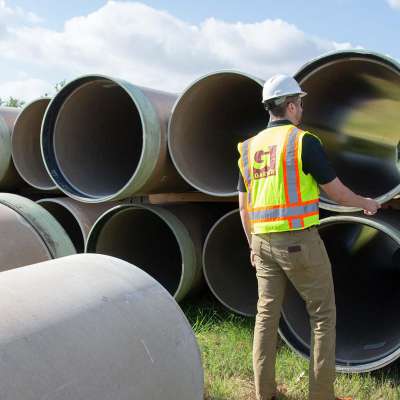

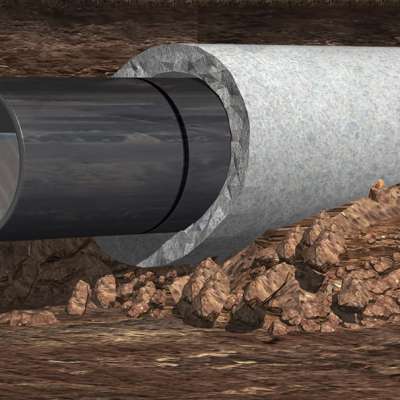
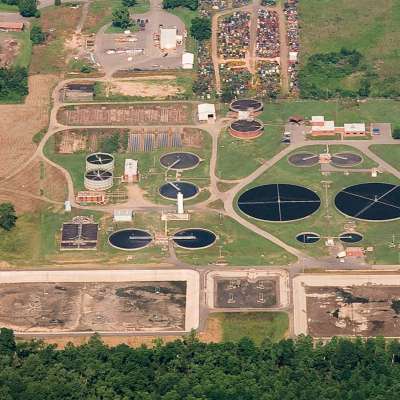

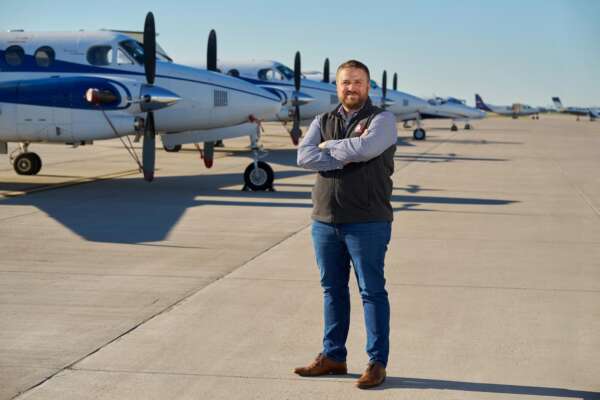

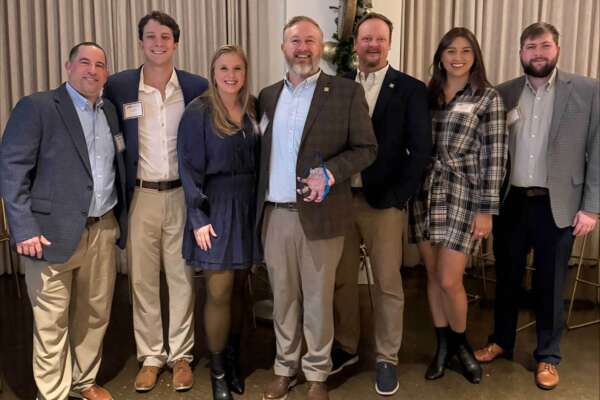
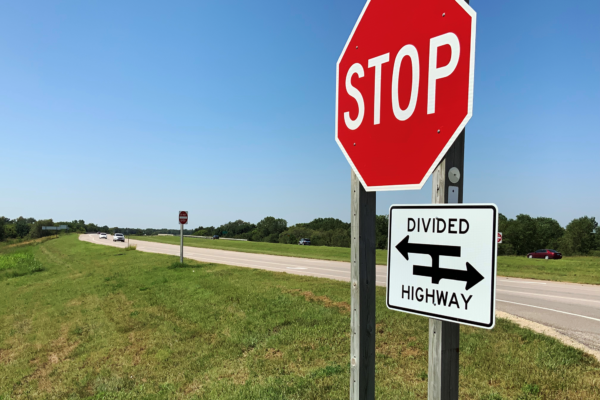

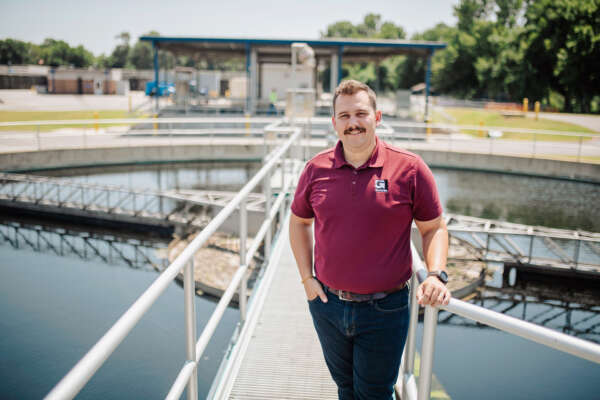


Share this article